 Eric Reischl
Eric Reischl Field Trips
About ArtsCore Adventures
In collaboration with teachers trained in arts integration by ArtsCore, the Paine’s education staff has developed a menu of field experiences and related lessons that reinforce and enhance curricular standards in multiple subject areas.
If one of these Adventures looks right for your classroom, fill out our Field Trip Inquiry form to schedule your visit and gain access to our pre-and post-lesson materials.
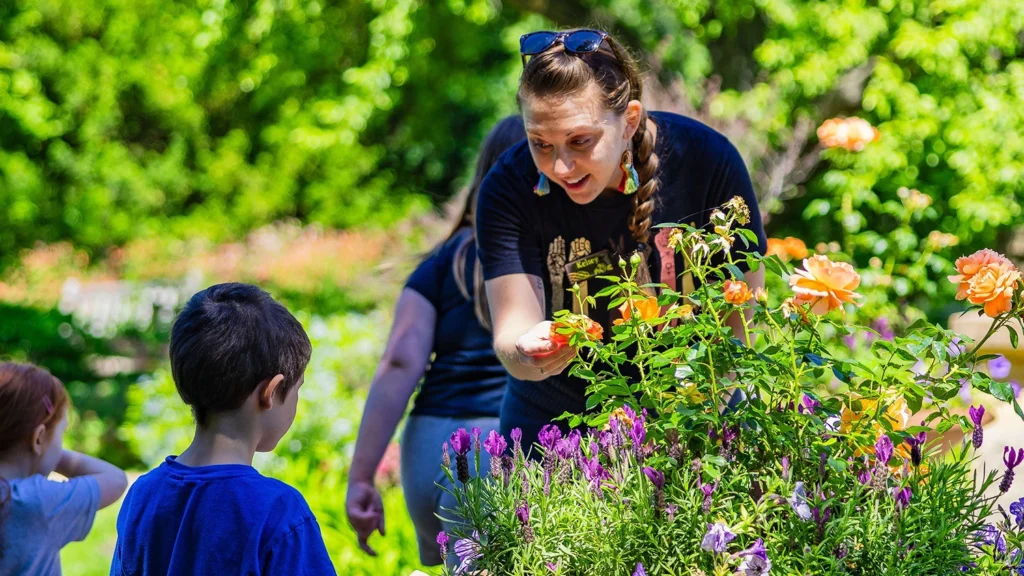
Imagined Plants
(Target grade range: PreK-3)
Students take a five-senses-focused walk through our incredible gardens, then create brand new plants to take back to school using mixed media materials. Includes suggestions for companion read-aloud books and an optional post-visit writing activity in which students name their plants and describe their habitats and adaptations.
Key content areas: visual art, science (botany), descriptive writing
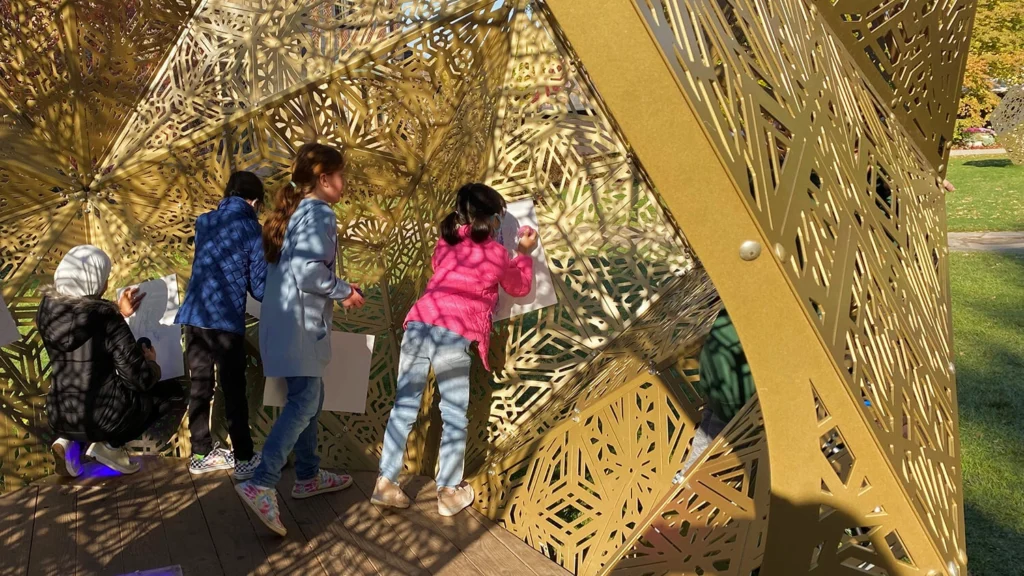
Nature of Light: Seeking Shapes
(Target grade range: PreK-2)
Available August-October 2025
Students take a daytime, hands-on tour of the sculptures featured in our exhibition and learn how geometry and light combine to create art. They search for shapes such as triangles, squares, hexagons, and pentagons, and create texture rubbings of the sculptures’ unique surfaces.
Key concept areas: visual art, sculpture, math: geometry, English vocabulary practice

Storytelling with Storycloths
(Target grade range: PreK-12)
This field experience is available at the Paine or in your classroom (within a reasonable travel radius).
Students learn about Hmong textile art through the work of Mao Lor, a Green Bay artist who creates incredible paj ntaub, storycloths, and stuffed animals. Students will be able to take an close look at several storycloths, hear a story about Hmong culture, and create a class art project to tell their own stories. Includes a pre-visit slide deck about Hmong history and symbolism and post-visit art lesson.
Key content areas: visual art, textile art, Hmong history, visual literacy, storytelling
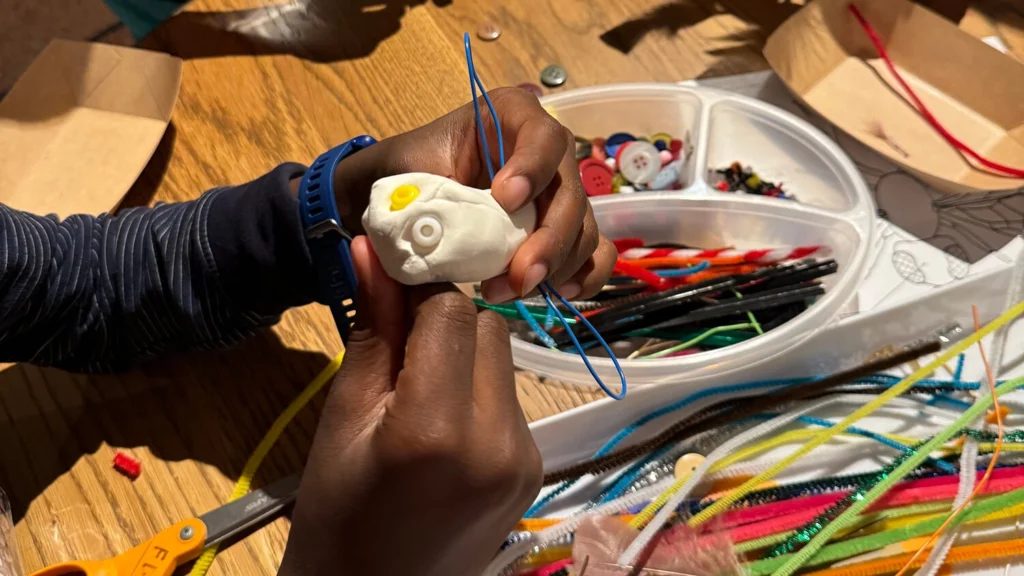
Imagined Insects
(Target grade range: K-8th)
This field experience is available at the Paine or in your classroom (within a reasonable travel radius).
Students take an insect-focused tour of our gardens, exploring the ways insects live, move, feed, and pollinate in nature. Using air-drying clay, they demonstrate their knowledge of insect anatomy by sculpting insects to take with them. Includes a pre-visit slide deck about insects and an optional post-visit writing activity in which students name and describe their insects’ adaptations, habitats, and behaviors.
Key content areas: visual art (sculpture), science (zoology), descriptive writing

Insect Symphony
(Target grade range: K-8th)
This field experience is available at the Paine or in your classroom (within a reasonable travel radius).
Students take an insect-focused tour of our gardens, exploring the ways insects live, move, feed, and pollinate in nature. Explore the beauty and detail of insects through the Microsculpture website of artist Levon Biss. Learn how and why different insects make sounds, build insect instruments to take home, and play an insect symphony as a class. Includes a pre-visit slide deck about insects and an optional post-visit lesson on graphic notation in which student groups compose, notate, and perform musical pieces based on insect sounds.
Key content areas: music (rhythm & notation); science (zoology)
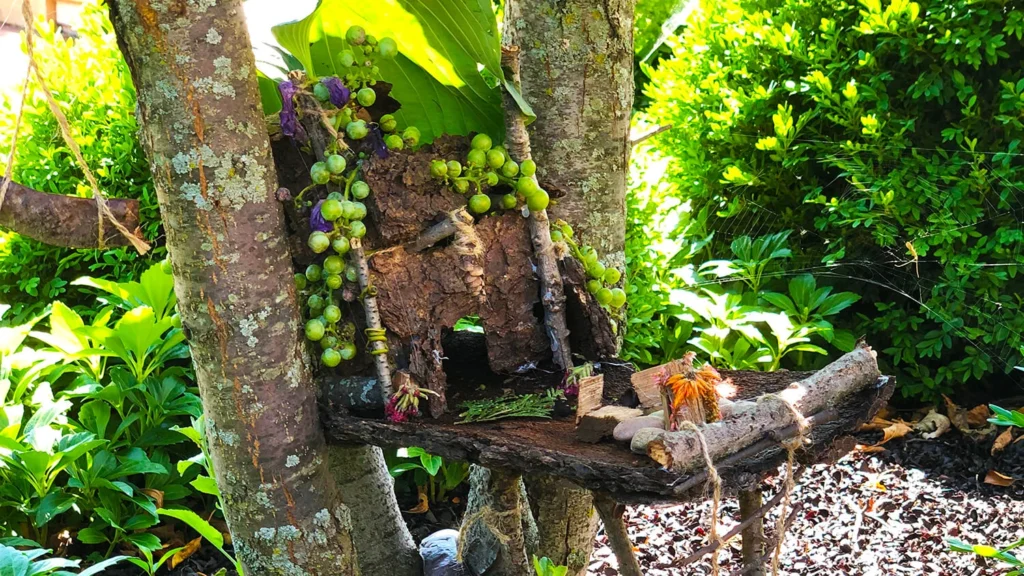
Fairy Houses
(Target grades: 3-6)
What fanciful creatures might live in the Paine’s gardens? Students construct fairy houses out of natural materials and create stories about their occupants using a storyboard template. The fairy houses and stories are shared with the group in our beautiful garden setting. Can be combined with an architecture-focused tour of the Pane mansion.
Key content areas: visual art, engineering/architecture, creative writing

Nature of Light: The Geometry of Art
(Target grade range: 3-12)
Available August-October 2025
Students take a hands-on daytime tour of the sculptures featured in our exhibition, and learn how geometry and light combine to create art. They see for themselves how flat shapes combine to create three-dimensional sculptures, and create their own lighted sculptures to take with them.
Key concept areas: visual art (sculpture), geometry (3-d shapes and nets)

Mindful Looking at Art: Photography
(Target grade range: 4-8)
Students explore photographic art (from our exhibitions or digital examples) and conduct a photographic scavenger hunt for textures in our mansion and gardens. They use their photographs to inspire poetry and descriptive writing back in the classroom. Includes a pre-visit slide deck introducing students to museums and post-visit writing lessons.
Key content areas: visual literacy, photography, mindfulness, creative & descriptive writing
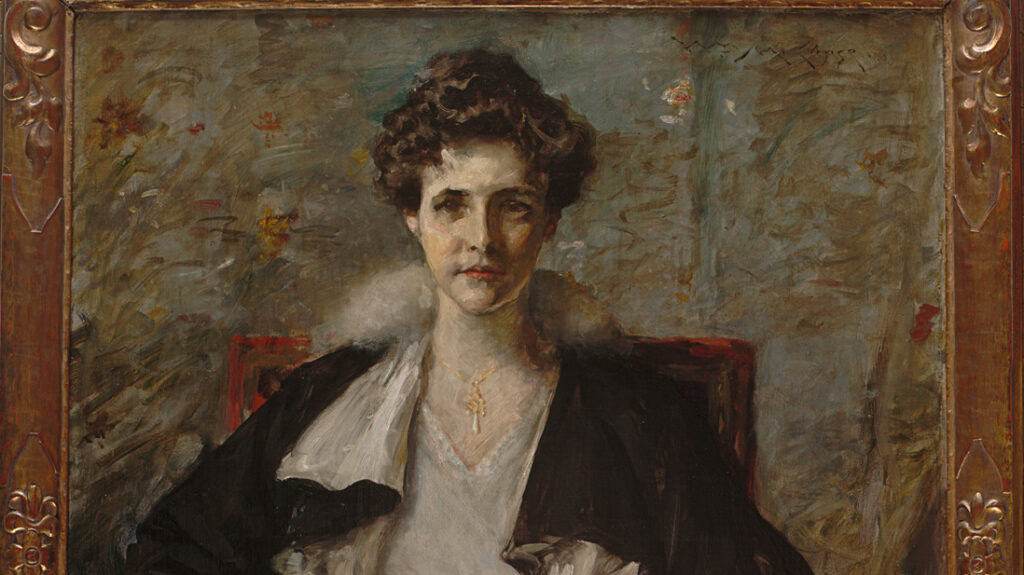
Picture Us! Portraiture at the Paine
(Target grade range: 4-12)
What can portraits tell us about their subjects and the artists who painted them? Students take an interactive tour of the Paine’s permanent collection as they learn about portraits, looking for clues to history, personality, and emotion. Next, they create photographic portraits of classmates in the mansion or gardens. Includes a pre-visit slide deck about portraiture and a post-visit lesson in which students write or give oral presentations about the portraits they create.
Key content areas: art history, photography, history, social and emotional learning

Forgery and Forensics
(Target grade range: 5-8)
Is a mysterious painting truly the work of a talented local artist, or is it a forgery? Students use scientific skills and critical thinking to help solve the mystery. They examine fingerprints, test for acids and bases, and use observation skills to put together a case file based on artistic and scientific evidence. Includes suggested pre-visit lessons and post-experience discussion questions.
Key content areas: art history, science (forensics), problem-based learning

Mindful Looking at Art: Informative Writing
(Target grade range: 5-8)
Students learn to use mindfulness techniques and visual literacy strategies while engaging with art from the Paine’s collection. They explore the museum’s text labels to learn about the artworks and the artists. Back in the classroom, students read biographies of contemporary artists and create text labels for some of their works as part of their informative writing unit. Includes pre- and post-visit lessons and the loan of artists’ biographies, most of which are picture books aimed at older readers.
Key content areas: visual literacy, art history, informative writing
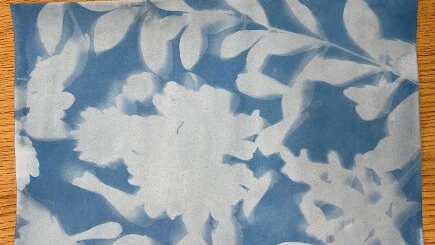
Cyanotype Chemistry
(Target grade range: 9-12)
After learning about the principles of art in the classroom, students engage in a photo scavenger hunt through the Paine’s gardens. They also collect leaves, flowers, and other botanicals, then use the botanicals to create cyanotypes (sun prints) that display their understanding of the principles of art and the chemistry of the cyanotyping process. Includes pre- and post-visit lessons on the principles of art and cyanotyping.
Key content areas: principles of art, science (chemistry & botany)
Educational Programs Sponsor

ArtsCore Adventures is funded in part by grants from the Institute of Museum and Library Services and Margaret A. Cargill Philanthropies.